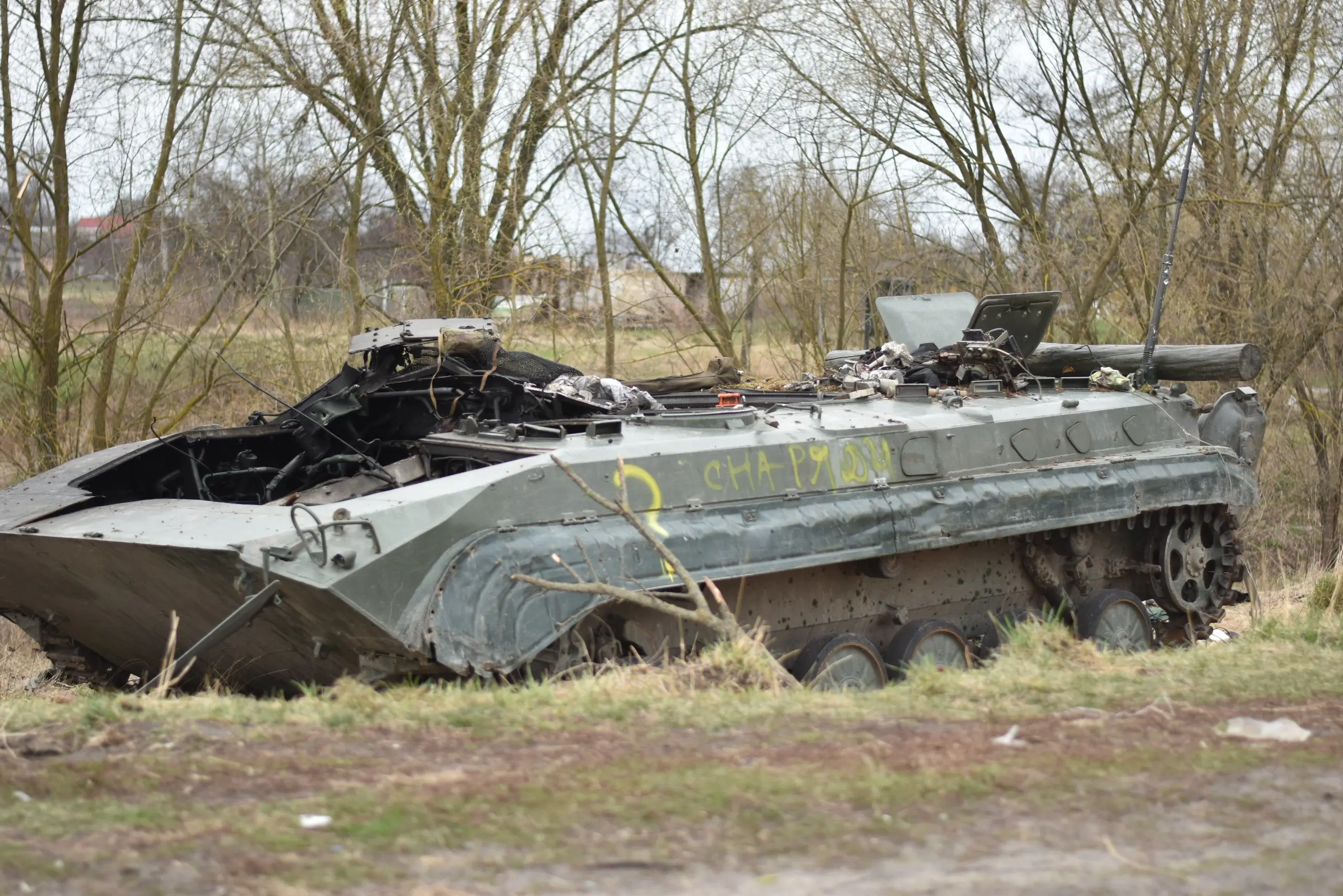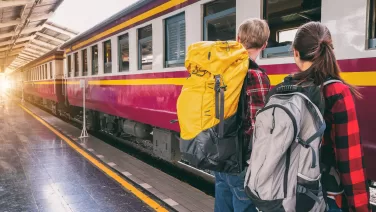War-Torn Wonders: Visiting Recovering Conflict Zones
Introduction: Exploring the Beauty Amidst Destruction
In a world plagued by conflicts, it may seem counterintuitive to consider visiting war-torn areas. However, beneath the scars of destruction lie hidden wonders waiting to be discovered. These recovering conflict zones offer a unique opportunity to witness the resilience of humanity, the power of hope, and the beauty that can emerge from the ashes. This article will delve into the various aspects of visiting such areas, from understanding the impact of conflict to exploring historical sites, breathtaking landscapes, and cultural gems. We will also discuss the role of tourism in supporting local economies and the ethical considerations that come with responsible travel.
Understanding the Impact of Conflict: A Brief Overview
Before embarking on a journey to a recovering conflict zone, it is crucial to understand the impact of conflict on the region and its people. Conflict leaves behind a trail of destruction, both physical and psychological. Infrastructure, homes, and livelihoods are often decimated, and communities are torn apart. The consequences of conflict can be long-lasting, affecting generations to come. However, it is essential to recognize that these areas are not defined solely by their past; they are also defined by their resilience and determination to rebuild.
Healing the Scars: How Conflict Zones are Recovering
Despite the immense challenges they face, conflict zones are slowly but surely healing their scars. International aid organizations, local communities, and governments are working together to rebuild infrastructure, provide healthcare and education, and create opportunities for economic growth. The process of recovery is multifaceted and requires long-term commitment. By visiting these areas, tourists can contribute to this healing process by supporting local businesses and initiatives.
The Power of Resilience: Stories of Hope and Rebuilding
One of the most inspiring aspects of visiting recovering conflict zones is witnessing the power of resilience. In the face of unimaginable adversity, individuals and communities find the strength to rebuild their lives. Their stories of hope and rebuilding serve as a testament to the indomitable human spirit. From entrepreneurs starting small businesses to artists using their craft to heal trauma, these stories highlight the transformative power of resilience.
A Journey Through Time: Historical Sites in Conflict Zones
Recovering conflict zones often boast a rich historical heritage that predates the conflicts themselves. These areas are home to ancient ruins, archaeological sites, and historical landmarks that offer a glimpse into the past. Exploring these sites not only provides a deeper understanding of the region’s history but also showcases the endurance of cultural heritage in the face of destruction.
Nature’s Resilience: Discovering Breathtaking Landscapes
Nature has an incredible ability to heal and regenerate, even in the most devastated areas. Recovering conflict zones often feature breathtaking landscapes that have been untouched by human hands for years. From lush forests reclaiming abandoned buildings to pristine beaches untouched by tourism, these natural wonders offer solace and beauty amidst the scars of war.
Cultural Gems: Preserving Heritage in War-Torn Areas
Preserving cultural heritage is crucial in recovering conflict zones. Museums, art galleries, and cultural centers play a vital role in preserving and showcasing the region’s unique traditions and artistic expressions. By visiting these cultural gems, tourists not only support the local economy but also contribute to the preservation of cultural identity.
The Humanitarian Spirit: Volunteering in Conflict Zones
For those seeking a more immersive experience, volunteering in recovering conflict zones can be a life-changing opportunity. Numerous organizations offer volunteer programs that focus on education, healthcare, infrastructure development, and community empowerment. By volunteering, individuals can directly contribute to the recovery efforts and make a positive impact on the lives of those affected by conflict.
Tourism as a Catalyst for Change: Supporting Local Economies
Tourism can be a powerful catalyst for change in recovering conflict zones. By visiting these areas, tourists inject much-needed revenue into the local economy, supporting small businesses and creating job opportunities. This economic boost not only helps in rebuilding infrastructure but also fosters a sense of hope and stability for the local population.
Safety Concerns and Precautions: Navigating Conflict Zones
While visiting recovering conflict zones can be a transformative experience, it is essential to prioritize safety. Before traveling, it is crucial to research the current security situation, follow travel advisories, and register with the local embassy or consulate. It is also advisable to hire local guides who are familiar with the area and can provide valuable insights and ensure a safe experience.
Responsible Travel: Ethical Considerations for Visitors
When visiting recovering conflict zones, it is essential to be mindful of the ethical considerations that come with responsible travel. Respect for local customs, traditions, and sensitivities is paramount. It is crucial to engage with the local community in a respectful and responsible manner, supporting initiatives that prioritize sustainable development and the well-being of the local population.
Conclusion: Embracing the Beauty and Strength of Recovering Conflict Zones
Visiting recovering conflict zones offers a unique opportunity to witness the beauty and strength that can emerge from destruction. These areas are not defined solely by their past conflicts but by their resilience, hope, and determination to rebuild. By exploring historical sites, breathtaking landscapes, and cultural gems, tourists can contribute to the healing process and support local economies. However, it is crucial to approach these areas with sensitivity, prioritizing safety and ethical considerations. By embracing the beauty and strength of recovering conflict zones, we can play a part in their journey towards a brighter future.



